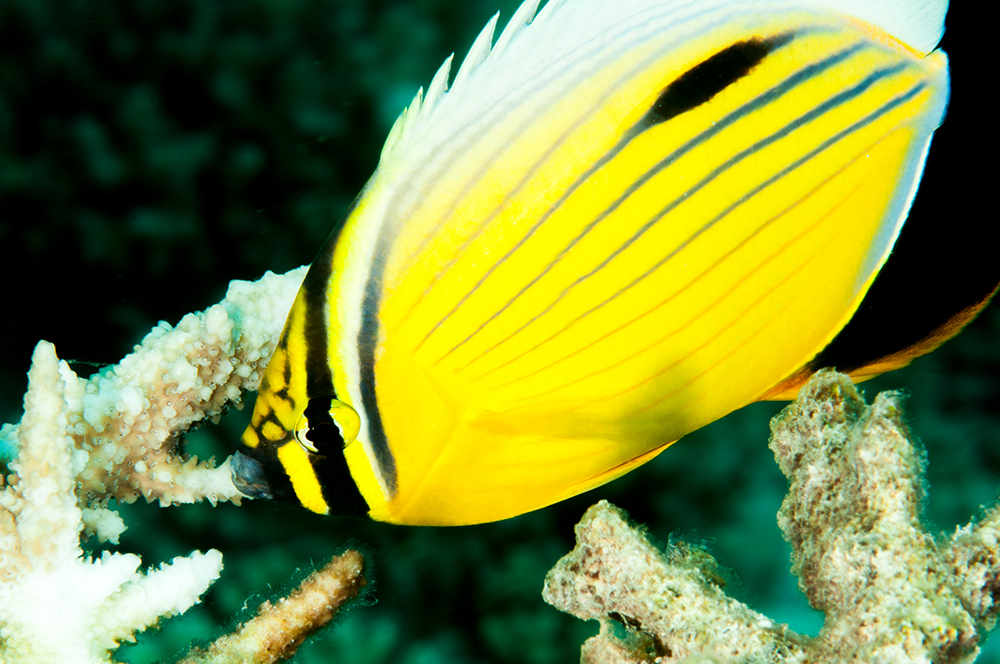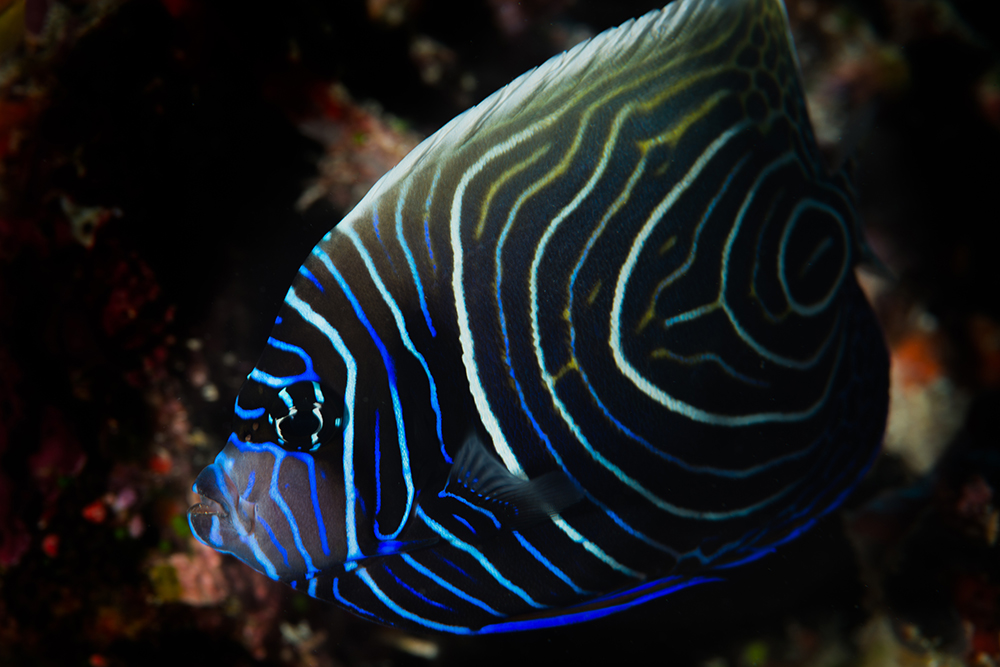[ad_1]

I’ve just completed a post about Lionfish and their status in the Mediterranean and I thought I might look at a few other species of note that have made the journey from the Indo-Pacific region to the shores of Europe and North Africa.
When the Med was connected to the Red Sea and the greater Indo-Pacific, a tremendous experiment began. Two, hitherto unconnected bodies of water, with disparate and unique habitats, not to mention wildly different species assemblages, were linked. Whilst the canal, at just over one hundred miles is not an entirely easy body of water to traverse, hypersaline water spread, and over time the flow of water into the Med has equalized the salinity to some extent and around three hundred species from sharks to molluscs have now been found in the Med. There are a few species which have made the journey south, very few. Lessepian refers to Ferdinand de Lesseps, the French diplomat who oversaw the construction of the canal, completed in 1869.
I did a quick run through of a list of Lessepians available on Wikipedia and was surprised by some, including Chaetodon austriacus (main image) which has been recorded off the Israeli coast. Also on the list are two species of shark as well as Platax teira, the Longfin batfish, and even the Emperor Angel (Pomacanthus imperator), along with P. maculosus.

Emperor Angel in the Indo-Pacific
Clearly, a few sightings do not make for stable breeding populations, and there has to be a possibility that some fish arrive from aquarium releases.
As you can imagine the list includes a wealth of invertebrates that non specialists like me have not heard of, and, I would imagine, given the difficulty of assessing marine species at depth, substantially incomplete.
As yet, I have not heard of any reports of corals familiar to aquarists. Of course the Med has some native corals, but nothing like the mix of reef-builders from the Red Sea.
So far, the impacts of Lessepian migration have been limited, with some exceptions, notably the Goldband Goatfish, which according to online sources is now firmly established in the eastern Mediterranean and of course the Lionfish Pterois, now established around Cyprus and presumably elsewhere. How the impact of climate change and the subsequent warming of the Med will benefit non natives has yet to be seen.
Fascinating stuff.
Categories:
Reef, Science
[ad_2]
Source link
